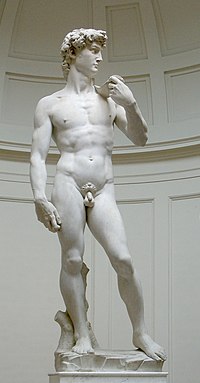
- Michelangelo was bad news for creativity
In this interview with bestselling novelist Fiona Robyn featured on her blog Writing Our Way Home, I discuss my approach to the process of creative writing and thinking, and suggest why creativity is not about originality, and how musician Brian Eno can help us think more adventurously.
Fiona Robyn: What drives your creative work?
Roman Krznaric: A disastrous cultural inheritance from the Renaissance is the idea that creativity is about originality. We have in our minds the image of geniuses like Michelangelo, who was worshipped for his stunning originality, which seemed to be a divine gift from above. But I think that is off-putting for most of us, and makes us feel that if we aren’t being brilliant and original then we are lacking a creative streak.
Rather than originality, I think creativity is more about self-expression. Cooking can be creative in this sense – it’s not about inventing some amazing unknown dish, but just putting something of yourself into it, even if it’s simply adding some extra topping to a frozen pizza so it resembles a Jackson Pollock painting. So my writing is driven, in part, by a desire for self-expression. I read my work out loud not so much listening out for original ideas, but for whether it ‘sounds like me’ and expresses my vision of the world.
I’m especially interested in how we can make our lives more fulfilling and adventurous in ways that also contribute to social change. That’s why I’ve dedicated much of the last ten years to the subject of empathy, which I think has the capacity to do both. And it’s also why, in my new book, How to Find Fulfilling Work, I quote Aristotle saying, ‘where the needs of the world and your talents meet, there lies your vocation’. He’s advising us to discover that place where personal fulfilment and social value intersect. My creativity, such that I have it, is directed towards exploring this intersection.
For the rest of the interview, visit Writing Our Way Home
For more of my thoughts on creativity, see the chapter on Creativity in my book The Wonderbox. And for my ideas on taking a creative approach to working life, have a look at my new book How to Find Fulfilling Work.
Your reference to Michelangelo is well chosen, particularly in the context of his fame at the time for the outward appearance of the human body, which has coloured the majority of our status-quo collective mindset of today; as juxtaposed to ‘the bastard’ Leonardo, whose truly creative and brilliant 3D like drawings, of the internal workings of the human body, are still used today because of their ‘realism’ during the instruction of surgeons in where and how to cut.